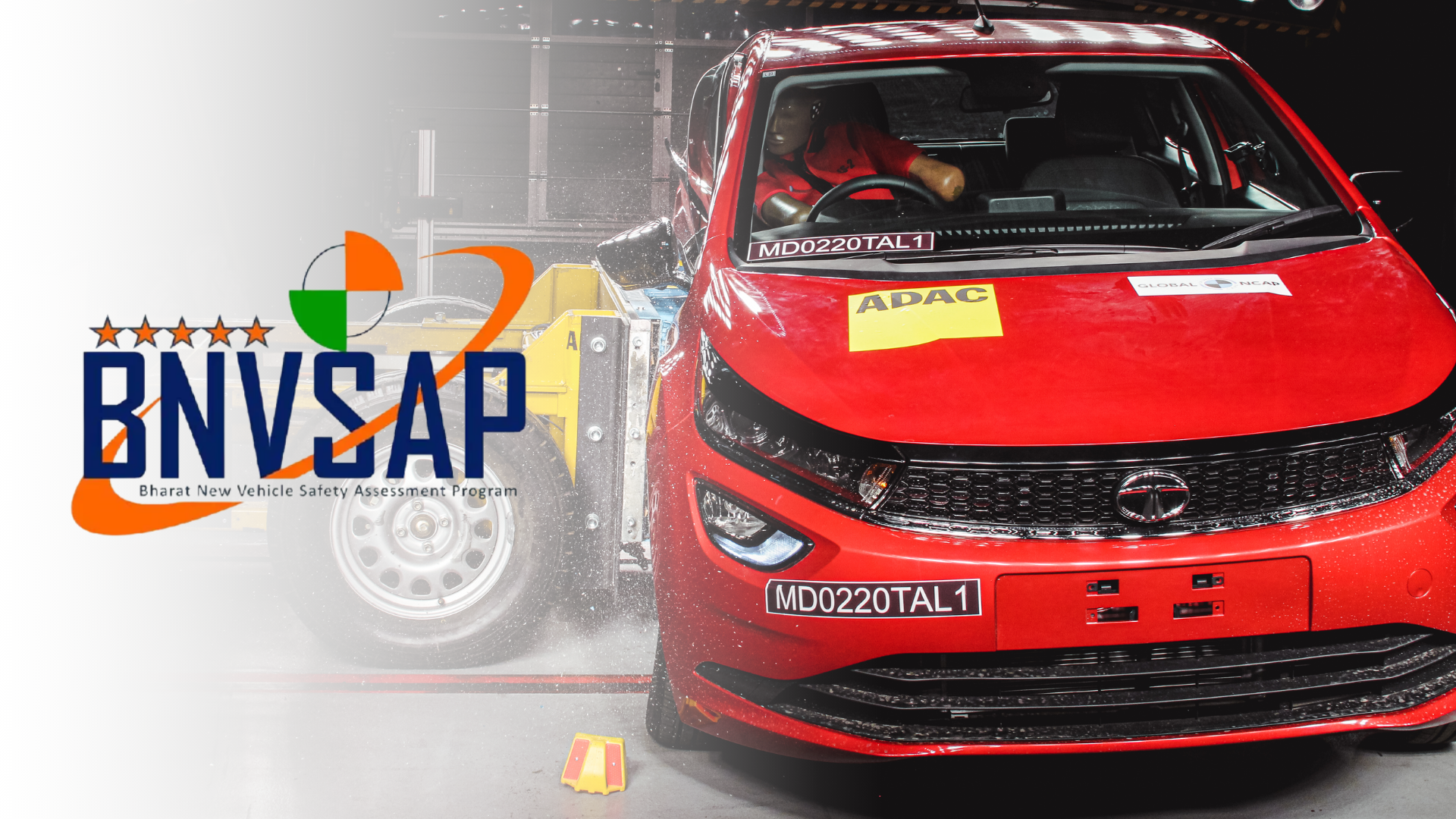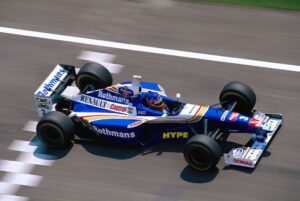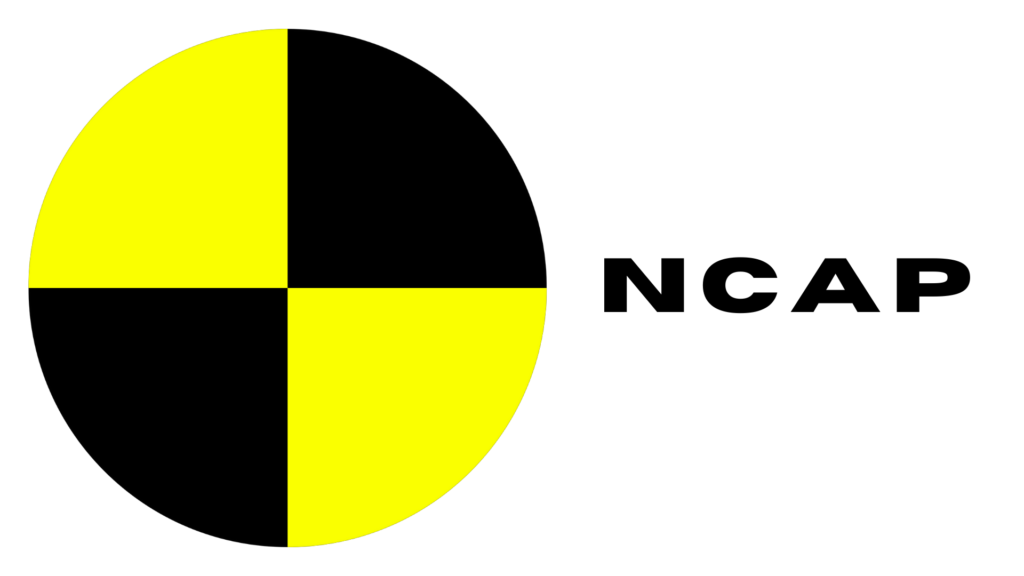
NCAP, or New Car Assessment Programme, is a programme which involves testing the ability of cars during a road accident and how they can absorb the impact. There are basically 3 kinds of tests that NCAP conducts, frontal impact crash test, side impact crash test and side pole ESC pedestrian protection test. To conduct these tests manufacturers pay a desired amount to the NCAP authority to assess their cars.
These tests are analysed and assessed by placing 2 adult and 2 child dummies, which include high-quality sensors to record the data of how much the crash has affected the body of the dummies. With that, there are ultra-high-speed cameras placed inside the car to record the condition of the dummies during the crash tests. After conducting these tests and analysing the data, the NCAP provides ratings in the form of stars as an overall result, which is a combination of child occupant safety rating and adult occupant safety rating, according to how the car has performed in all 3 safety tests.
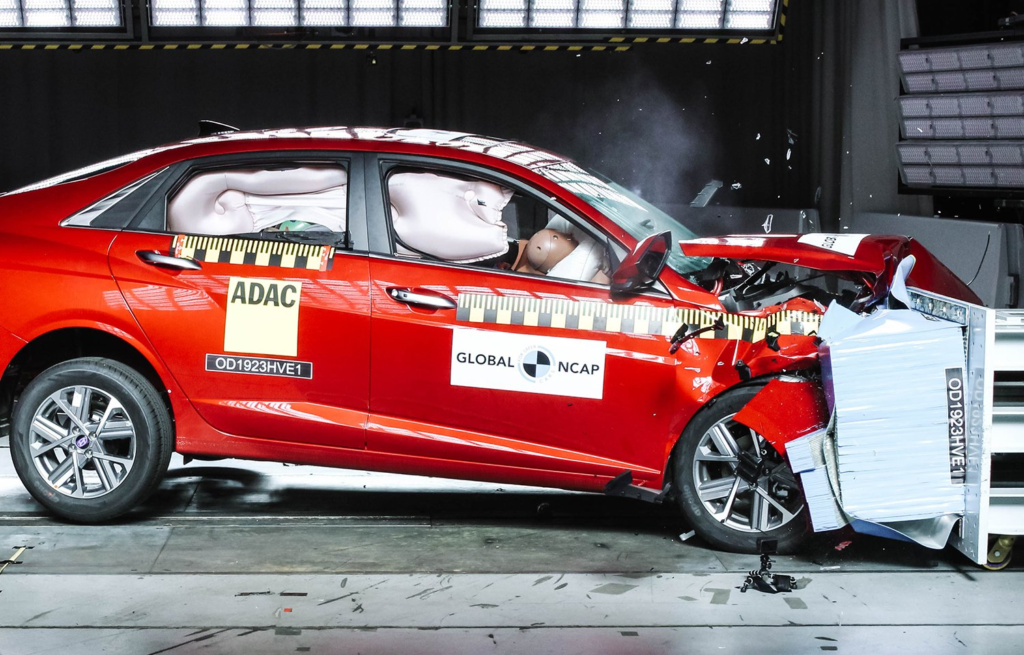
To conduct these tests, different countries and regions run their own NCAPs, such as Europe has Euro NCAP, Latin America has Latin NCAP, China has CNCAP, and so on. Like that, there is Global NCAP, which is run by the UK’s Towards Zero Foundation, which conducts tests and assesses cars from different regions, alongside that, they have been conducting and assessing Indian cars since 2013. Then why was India too late to be concerned about car safety?
NCAP was introduced in 1979, and even after the boom of the auto industry, during globalisation and liberalisation in India, in 1991, Indian customers didn’t even care about safety, and that’s why manufacturers didn’t much focus on that. But thanks to an NGO named New Life Foundation, conducted an investigation in 2011, on accidents that happened on Indian roads, and found out that in 66% of cars, the impact of the accident has affected even the passenger row. In 34% of the cars, the seats were deformed, and 30% of cars got into accidents because they didn’t have any basic safety aids like ABS. Then, the Indian government got a bit concerned about road safety and introduced the rule for the Indian manufacturers to put ABS and EBD as standard features in every variant of the car. In 2013, the first car that went for the safety test for global NCAP was the TATA Nano.
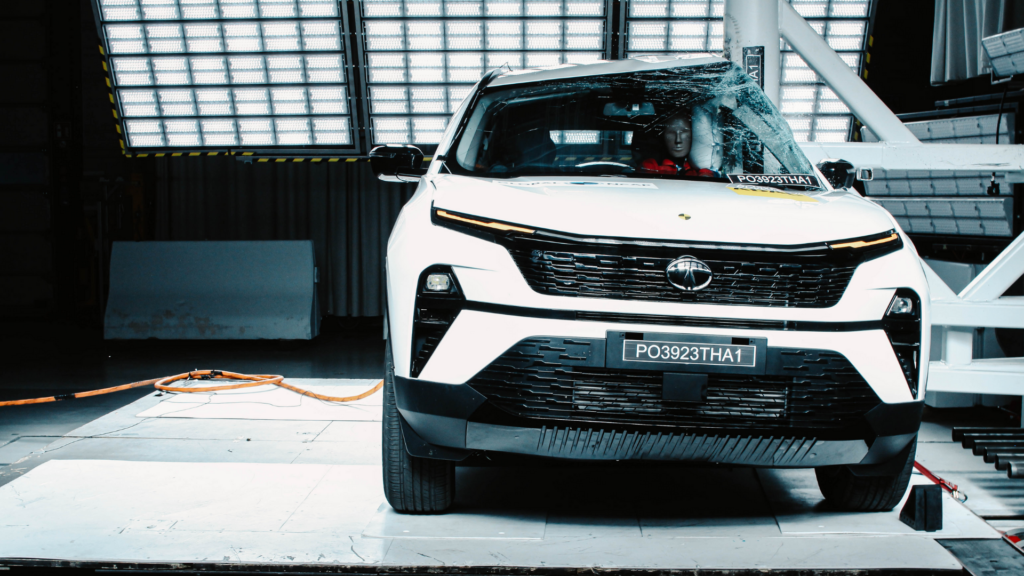
But, even after Global NCAP has been testing and assessing Indian cars since 2013, they didn’t get any support from the Indian Government, as other NCAPs got from their specific countries. But in 2022, Nitin Gadkari said that Indian cars should be tested and assessed in the country’s dedicated NCAP because controlling road accident fatality in India is a must because not only there’s a huge risk of losing so many lives but it also affects India’s GDP negatively because many Indian road accidents involves higher amount of youngsters, which also considered as future of India.
Recently, the Indian government announced the inauguration of Bharat NCAP, which is now applicable for Indian automakers from October 1st, 2023. It will be managed by ARAI or the Automotive Research Association of India with inputs, that have been directly created, curated and borrowed from Global NCAP. The Safer Cars For India campaign that Global NCAP is running will come to an end at the end of 2023 and will be merged with Bharat NCAP.
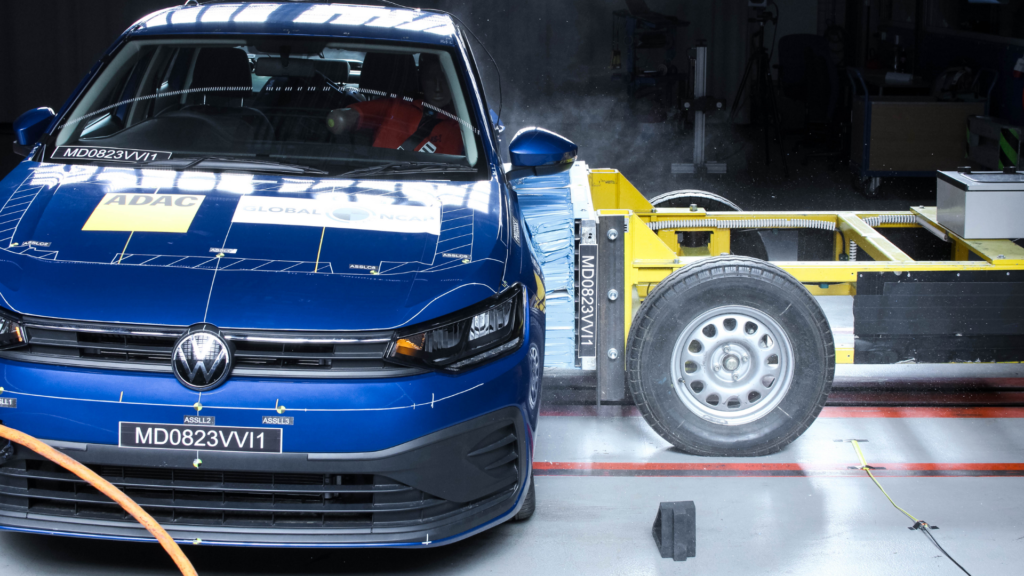
The Bharat NCAP will mainly focus on the M1 category of cars, the cars which can seat up to 8 people with a gross vehicle weight of 3.5 tonnes or less. But, if any manufacturer wants to sell its car to the market without giving their cars to Bharat NCAP for the crash test, they can because Bharat NCAP is not mandatory for Indian manufacturers.
If any Indian manufacturer wants to score their cars 3 stars or above in the Bharat NCAP crash test, they have to offer their cars with, 6 airbags and other basic electronic safety aids like ABS, EBD and ESC. And, every car that will be crash tested at the Bharat NCAP will get a sticker, which will state the crash test rating of that particular car.
But these norms of Bharat NCAP are way lenient than the norms that Euro NCAP has, which is also known as the strictest NCAP in the world, and has more than 100 safety scenarios, which include penalising according to the deformity of the chassis, farside occupant protection against pole impact and now it also includes the flood test.
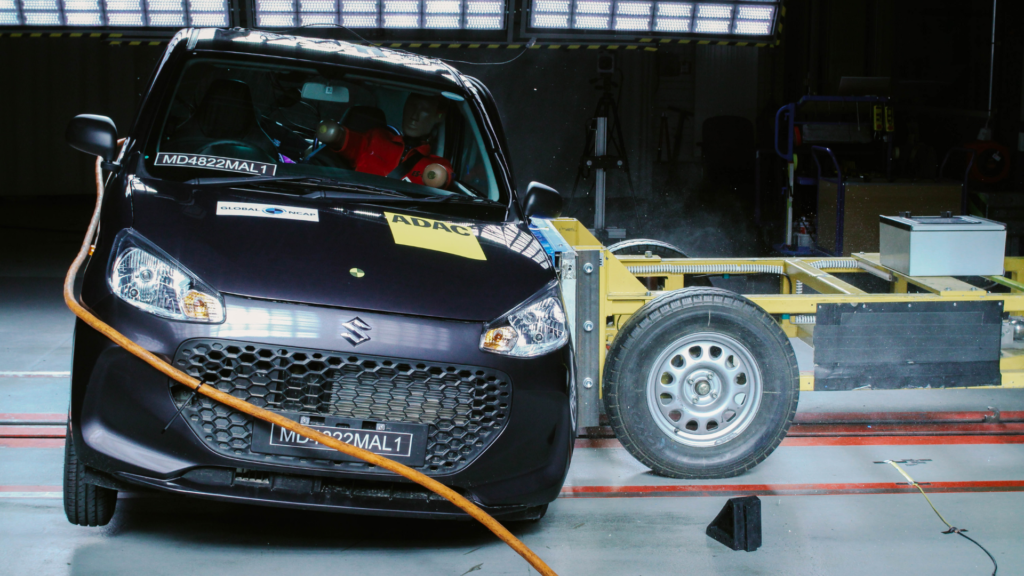
Moreover, over 30 cars have already enlisted to Bharat NCAP for the crash tests because when any Indian manufacturer sends their car for testing to Global NCAP, they charge ₹2.5 Crore to test that particular manufacturer’s car, but Nitin Gadkari has announced that the price is reduced from ₹2.5 Crores to ₹60 Lakh for the Bharat NCAP. And, with that, the manufacturers who weren’t able to send their cars to the global NCAP because of the huge product lineup will also be able to send their cars for testing because of this massive cost reduction.
To conclude, we are happy that, even after the Bharat NCAP crash test is not mandatory, many manufacturers are supporting this initiative and sending their cars for the crash test. Still, we think that it should be mandatory for every Indian manufacturer because a majority of cars which scored between 0-2 stars in the Global NCAP were entry-level daily-driven hatchbacks, which are also every Indian’s first cars, so first of all manufacturers and government have to be concerned about the safety of these cars. That will bring a big change in reducing fatalities that happen during road accidents on the Indian roads.

